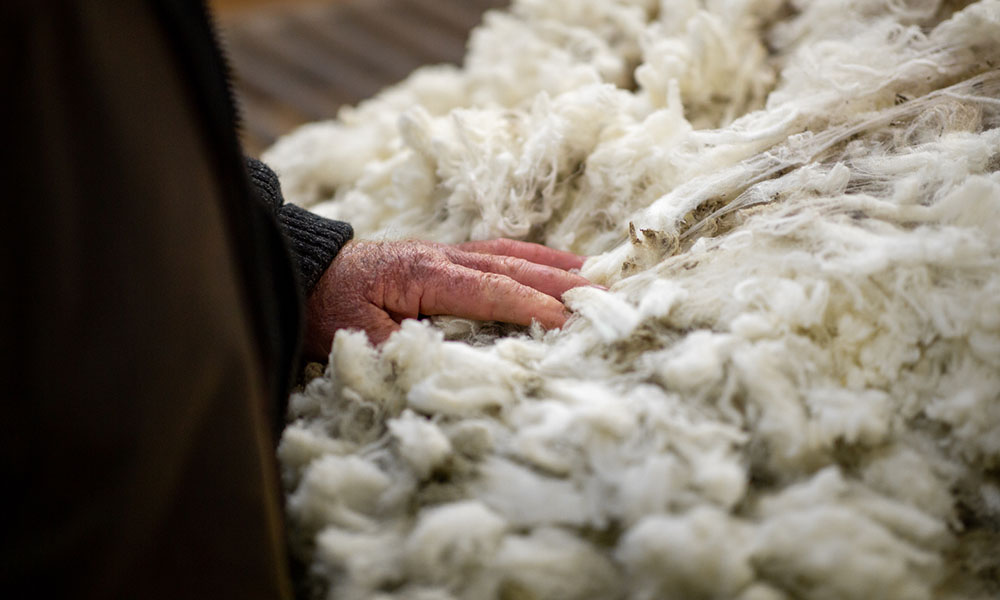The annual meeting of the National Wool Trade Association served as a sounding board for facts and figures certifying that 2022 was an extremely positive year for this natural fibre.
President Claudio Lacchio, in greeting members, spoke of “2022 being remembered as one of the most positive years in recent decades for all sectors of the wool trade and industry, with very positive and constantly growing numbers throughout the season.
The end of the pandemic improved the precarious balance of the previous two years: the weaving sector reached record levels of orders and production, and knitwear, both carded and worsted, also performed very well.
The counterbalance, according to Lacchio, was ‘the scarcity and inadequacy, in terms of quantity and production, of the textile supply chain in Italy and more generally in Europe. In the face of expanding numbers, European production capacity has proved unable to meet demand, at every stage of processing, with the aggravating factor of a worrying labour shortage’.
The auctions for raw material reflected the increase in demand, with prices rising sharply, especially for fine and superfine types, and a more regular, though still upward trend for medium-fine wools. On the other hand, there is a total lack of demand for the more ordinary wools, which have reached levels well below the cost of production, with the accumulation of impressive stocks especially in China.
‘World wool production,’ Lacchio added, ‘after years of decline has found a certain stability with a slight upward trend in the last two seasons. We should also point out, with regard to certified wools, a marked decrease in the premium recognised at auction for these wools compared to those without certification. Demand for fine natural fibres was also very strong, particularly for cashmere, mohair and silk, while alpaca and angora showed a more regular trend’.
Lacchio also spoke of the novelties at home in the association, which celebrated its 100th anniversary in 2021: the articles of association have been amended, providing for the possibility of membership for the various sectors of the textile industry, returning to the idea of the ‘Laniera’ of 1920.
An opening that led to the arrival of some of the main names in Italian wool weaving and the organisation of specific meetings with Sistema Moda Italia and the various industrial unions, to which the intention to work together on issues such as Italian representation at the International Wool Trade Organisation and the development of common sustainability and traceability protocols was confirmed.
In addition, the collaboration and sponsorship with Master Fibre Nobili, the scholarship aimed at raw materials with Its Tam in Biella, the presence at Filo in Milan and the forthcoming participation in the IWTO Congress in Kyoto as Italian delegation leader on behalf of Smi.






